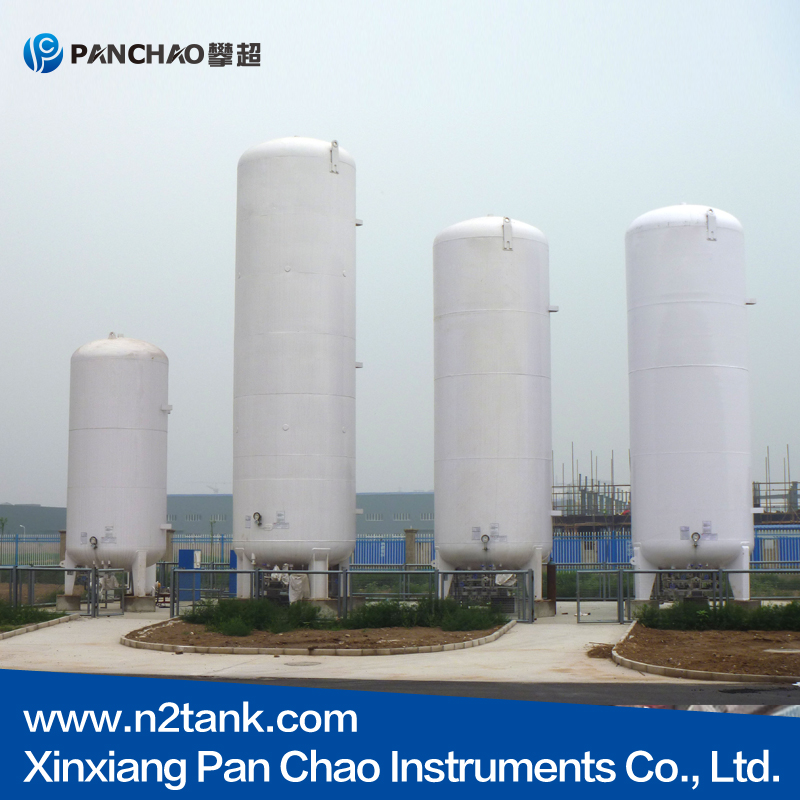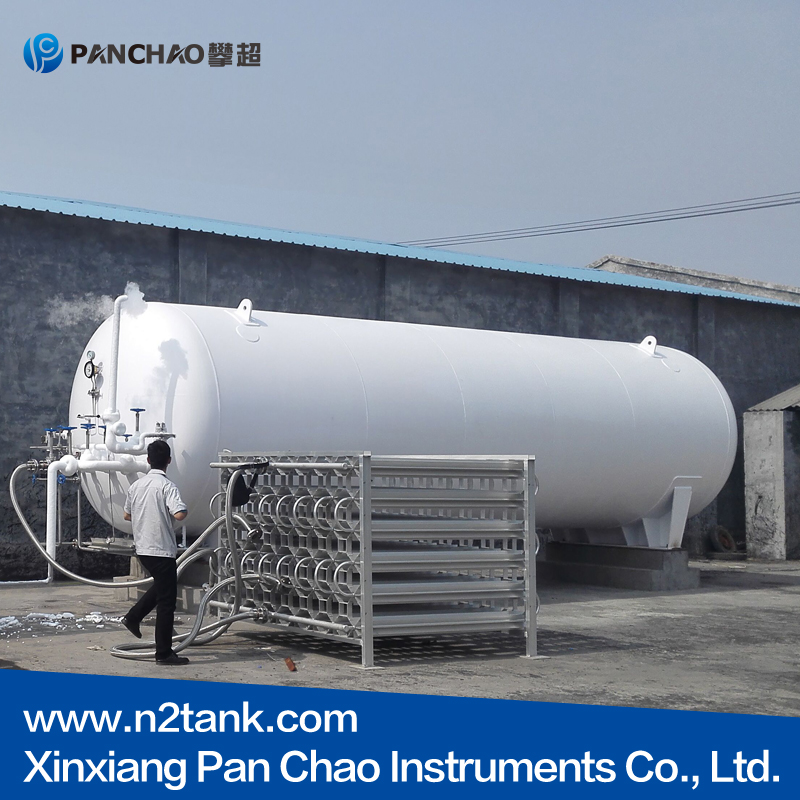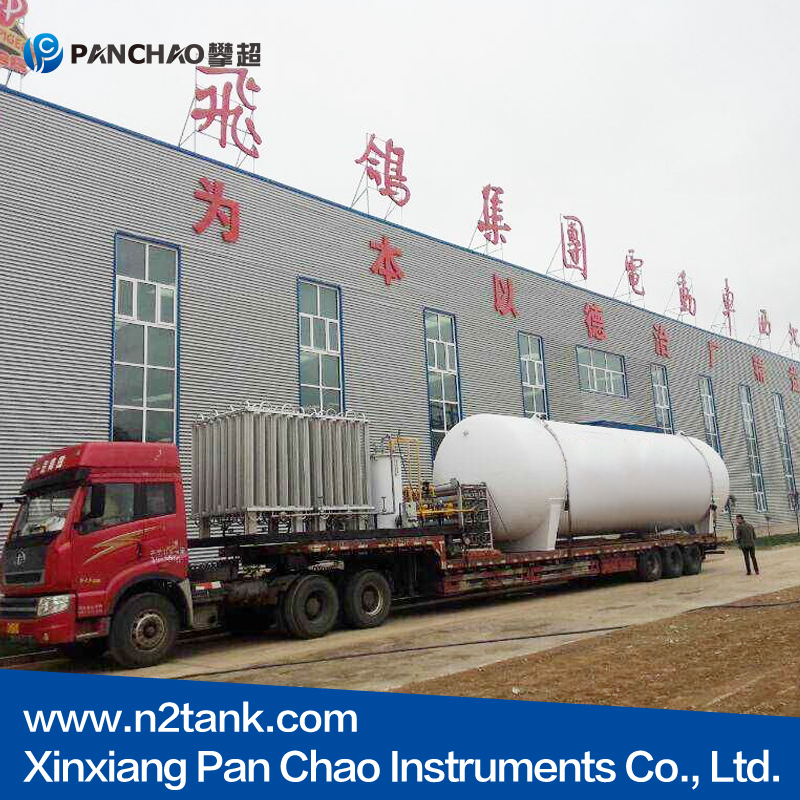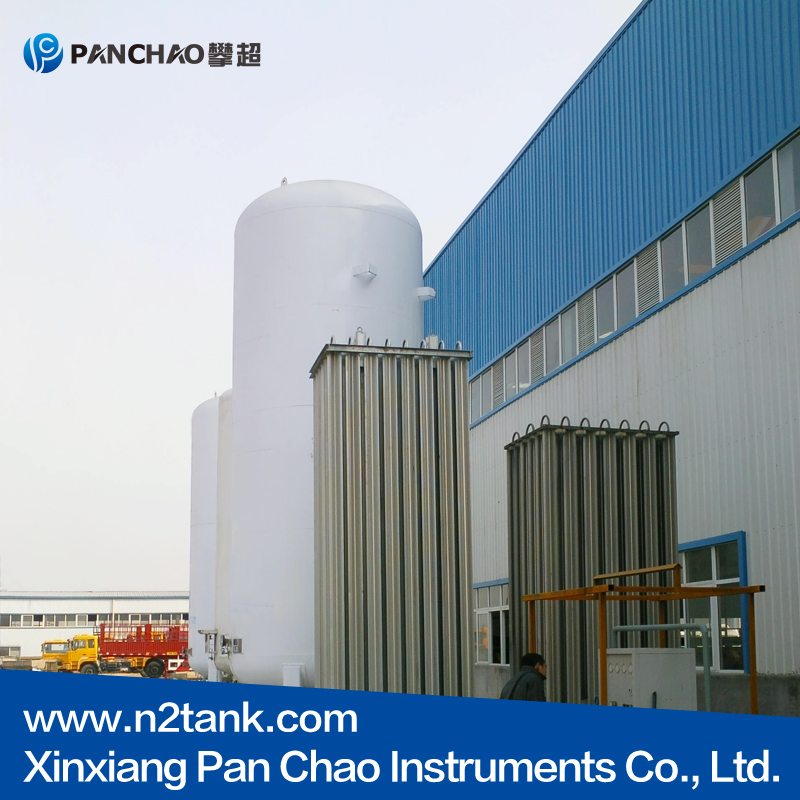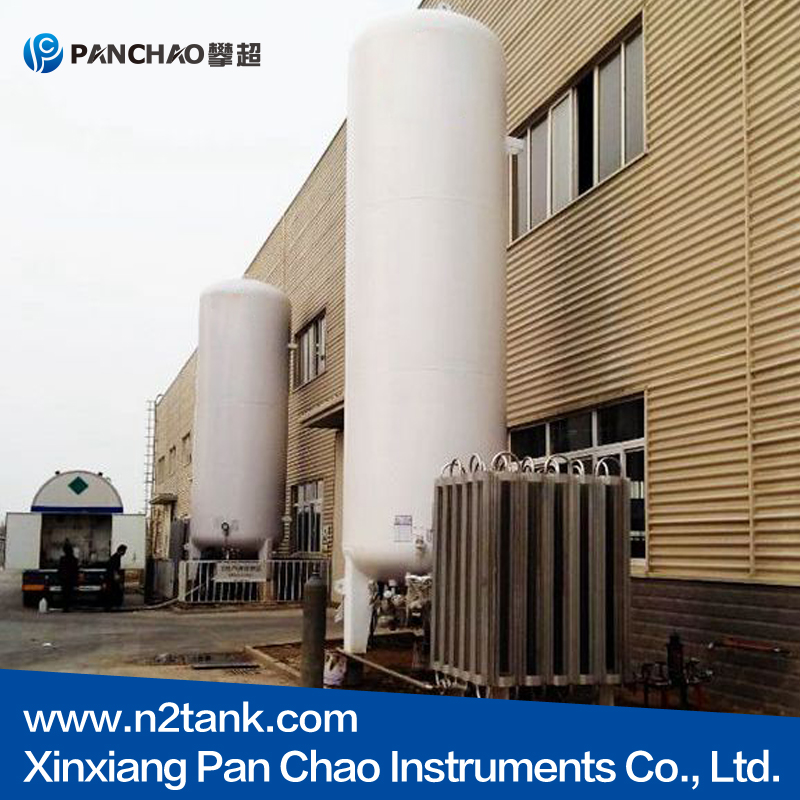As industries move toward automation and digitalization, smart equipment is transforming even traditional components like sight glass. Once used simply as a viewing window, sight glass now faces new technical and functional demands to keep pace with intelligent systems.
One of the main trends is the integration of sensor technology. Modern smart equipment increasingly requires sight glass that can accommodate temperature, pressure, and optical sensors. These enhanced windows enable real-time monitoring of process conditions without direct human observation. For instance, transparent coatings or embedded optical fibers allow infrared or laser-based sensors to collect precise data through the glass without interference.
Another emerging demand is improved durability and performance stability. In automated production lines, where processes operate continuously, sight glass must resist thermal cycling, corrosion, and mechanical vibration. This drives the development of high-performance materials such as fused quartz and sapphire, known for their superior strength and optical clarity under extreme conditions.
Anti-fog, anti-scratch, and self-cleaning coatings are also gaining attention. These surface treatments help maintain visibility for machine vision systems and cameras used in smart monitoring setups. In addition, some manufacturers are experimenting with electrochromic or photochromic glass, allowing adjustable transparency to manage light transmission dynamically.
Finally, the future of sight glass lies in data integration. Smart glass products may soon include embedded chips or wireless tags, enabling traceability and predictive maintenance through industrial IoT platforms.
In summary, the rise of intelligent equipment is redefining sight glass as more than a passive component—it is becoming an active interface between machines, sensors, and data systems, paving the way for smarter, safer, and more efficient industrial operations.


